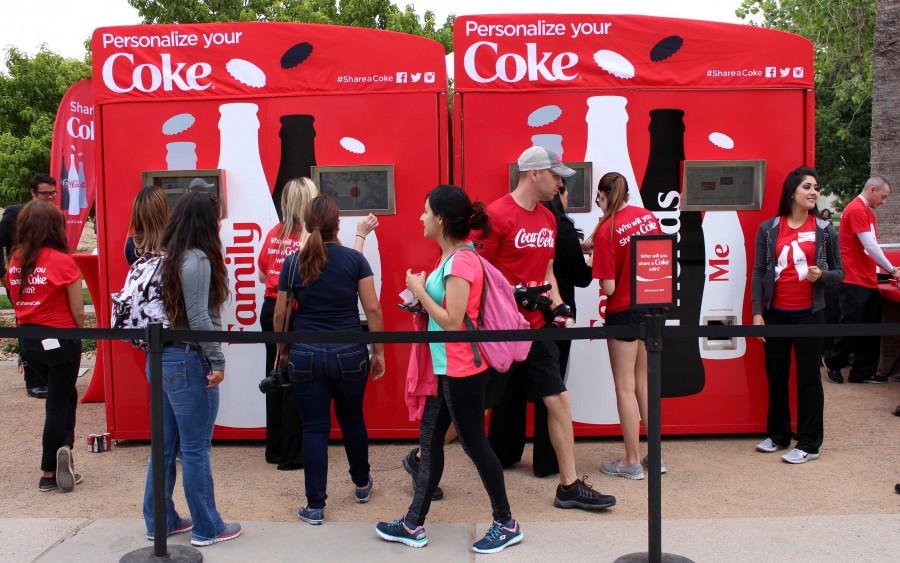4 Great Experiential Marketing Campaigns
When thinking of ways to promote business, people automatically jump to either traditional advertising—i.e. newspapers, television and radio—or digital advertising. But both have their downsides. Traditional advertising costs a fortune but doesn’t give you the accurate data to gauge your return on investment. On the other hand, digital is cheaper and accurate but the engagement still leaves a lot to be desired.
Experiential is one form of marketing that has been overlooked over the years. But even though you might not realise it, some of the most memorable advertising involved integrated campaigns revolving around a strong experiential piece. Despite the big names behind the most popular campaigns, experiential can be more cost effective than the other forms of advertising. With face-to-face customer interaction or better yet, potential viral attention, the return on investment justifies the marketing spend.
What is Experiential Marketing?
Most advertising is audio/visual. You see a product in its well-designed packaging while you’re bombarded with product benefits. How often does that work anymore? AdBlock, on-demand streaming and banner blindness means that it’s harder than ever to get people’s attention. Experiential marketing sidesteps this trend entirely by immersing potential customers in your brand, letting them interact with a product directly.
And when done right they can have amazing results.
Canadian Beer Fridge
When you think Molson’s, you think “I am Canadian.” And what ever you think of their beer, the brand has been tied with the essence of being Canadian for decades. As part of Canada Day celebrations in 2013, vending machines filled with beer were placed in cities around Europe. The catch? They could only be opened with a Canadian passport.
They then one-upped themselves. Using Google Speech Recognition API, the new-and-improved beer fridge could detect up to 40 languages for the phrase “I am Canadian.” This time, six people had to utter Molson’s famous tagline in six different languages to unlock the fridge. What better way to celebrate Canada Day than to show off how multicultural the country is?
The campaign's payoff was considerable boosts in revenue to the tune of millions of dollars every Canada Day since the campaign began.
WestJet Christmas
Westjet is famous for going the extra mile for their passengers. It’s a mindset that percolates all the way to its crew in the air and on the ground. So for Christmas in 2013, they let their guests talk to Santa himself and ask for their wildest dreams—including socks and undies. While two flights out of Toronto and Hamilton flights were in the air, the WestJet team in Calgary rushed out to buy everything on the list.
Tired and cranky from the journey, the passengers went to collect their luggage but to their surprise their bags weren’t the first things to come out. The gifts that they had asked for and Saint Nick himself met them at the carousel.
In return, WestJet got 47 million views for their original video and millions more for subsequent Christmas Miracle campaigns including one to give back to the victims of the Fort McMurray fire.
Reese Spread
Hershey Canada launched their brand new Reese spread—think Nutella with peanut butter—some time in 2015. Being known for their peanut butter cups and fighting an established and much loved competitor, they had to get creative with how they built awareness around the product.
And so the #DoYouSpoon campaign was born. The agencies involved set up a vending machine and a golden spoon on the street. People walking by could pose with the spoon and post to social media using the hashtag, which would then activate a free sample. Apart from the earned media they were able to get out of this, the video footage they were able to gather was more authentic and interesting than any traditional TV spot would have been.
Share a Coke
Last but not least is the unforgettable Share a Coke campaign. The campaign first rolled out in Australia in 2011 with popular names printed on bottles in place of the famous Coca-Cola logo. It was a simple but powerful idea that blossomed worldwide and opened up the opportunity for true experiential marketing.
Instead of just using popular names, Coke used booths and trucks at events, college campuses and city centres, where people could customize cans with their own names. People love something that’s personalized to them and it only helped fuel the viral spread of this campaign.
Coca Cola introduced Share a Coke in 2011 but it’s been such a massive success that you still find these customized bottles and cans. In fact, the campaign got so much buzz that Pepsi released their own competing one using custom emojis—a clever move since it included digital integration but nowhere near Coke’s first mover advantage.
These five campaigns show how experiential marketing done right can be an incredibly powerful tool to connect with your customers. It can often be done at a much lower cost than traditional advertising and can provide more personal attention than digital advertising.



